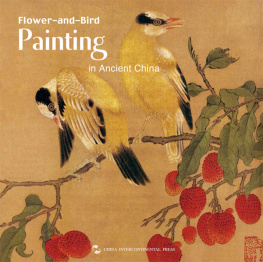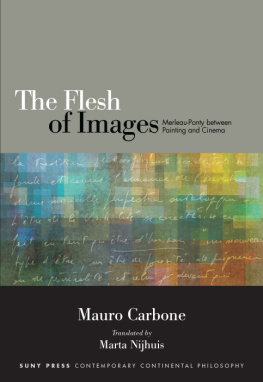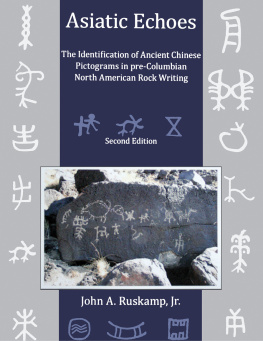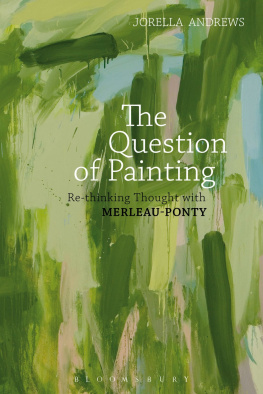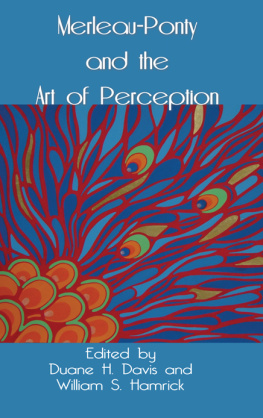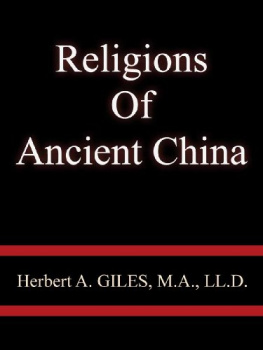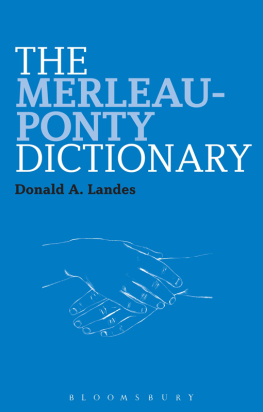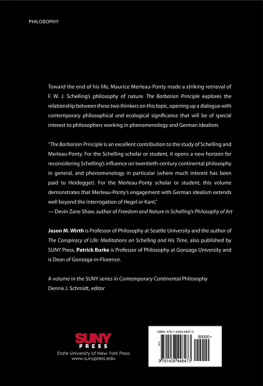1. Conflicts and Confrontations: The Journey of Chinas Contemporary Chinese Ink Paintings
In October 2010, the University of Chicago celebrated the opening of the University of Chicago Center in Beijing by convening an international symposium on Contemporary Chinese Ink Painting and the History of Art, a symposium that discussed issues, questions, and expectations about Chinese ink painting from a variety of perspectives. Because the word contemporary was placed first for emphasis, Chinese ink painting evinced new cultural meanings and possibilities that elicited interest from both domestic and foreign scholars as they proceeded with their discussions. What kind of art theories and historical discourses should scholars of various cultural backgrounds rely on when they discuss the issue of Chinese ink painting? In particular, what types of Chinese ink painting practices should they consider? The latter question in particular became the basis for discussions at the symposium. If there were no actual, meaningful Chinese ink painting practices, and if we were to rely solely on theoretical models to guide descriptions and demonstrations, then this would be inadequate for fully explaining the issues involved. Only on the basis of current practices of Chinese ink painters, can we master a reinterpretation of todays cultural perspectives and theories, and only then will it be possible to imagine how the development of Chinese ink-wash painting takes place and the kind of cultural relationship that this process has with the whole of contemporary society. After we have accomplished this, it will finally be possible to reveal historical truths about the Chinese ink painting process.
In the beginning of the twentieth century, Chinas revolutionaries, such as Kang Youwei, Chen Duxiu, and others, advocated radical change in Chinese ink painting. They promoted the adding of a realist style as the basis of reform. During the 1950s, when China proceeded with socialist construction, the medium of Chinese ink painting was brought into the new national consciousness as a means of expressing, for example, praise for Chinas great rivers and mountains and also the course of Chinas socialist reconstruction then in full swing. When we get to the 1980s, however, Li Xiaoshan, who at that time was still a graduate student in the Academy of Fine Arts, wrote an essay titled Chinese Art is at a Dead End. This essay evoked the most intense controversy and debate about Chinese painting and ink painting in the twentieth century. Many artists and scholars participated in the debates, the refutations, and the establishment of opposing views. Everyone used their own concepts and perspectives to explain Chinese art and the condition of Chinese ink painting. For example, many artists and theorists were willing to call the paintings done in this medium Chinese art. They saw these paintings as artistic symbols of Chinese culture, so how could they be at a dead end? Those who wanted to mock this view, however, would reply that it was sheer nonsense and not an opinion to be relied upon. Those who supported this view would then answer that such advocacy of Chinese ink painting was courageous in a way that hit the mark and touched the soul. In fact, after the Cultural Revolution, the peoples spirit was dulled, and they were eager to revive the spirit of freedom. So some regarded Chinese ink painting, just as in the mediums of other kinds of painting, as having unresolved issues that everyone recognized, such as being stuck in the same old groove and other such serious faults. Speaking from the cultural atmosphere of that time, however, society had a common desire for innovation and progress, so in every field of endeavor, there were people proposing bold theories, from literature and philosophy to history and government, that gave rise to comprehensive and wide ranging debates. In a manner of speaking, this was a return to freedom of thought and a spiritual liberation. Some people referred to it as a renaissance, so during debates about Chinese ink painting as a suitable medium for Chinese art, the cultural atmosphere was very similar to the period just before and after the May Fourth Cultural Movement when everyone was determined to undertake urgent reforms.
The historical significance is this: in the 1980s, the great debates about Chinese ink painting inspired the creative passions and desires of those artists who were inclined to reflect on the direction of Chinese ink art. Their innermost beings which had already been heavily paralyzed and wrapped for some years in ignorance ended up being liberated as a result of obtaining new understandings about art and a new awareness of the place of ink painting in Chinese art as a whole. During this period of recognition, Chinese ink painting was seen as a symbol of spiritual liberation and not purely as a national cultural heritage. For the innovators, the tendency of viewing the medium as primarily a symbol of national heritage was a sign of lagging behind with an isolated style and point of view. This tendency toward isolation in art is a common problem in different periods through the ages. Because of such advocacy for isolation, there are always the moralists screaming in objection to transmission and expression by innovators and against apologists who defend them. But the innovators ink paintings are not the experimental results of temporary art. Rather, they are full confirmation and approval for the appreciation of the spirit of artistic freedom. If, in all the ways humanity has of living, art is still not capable of giving humanity new changes and developments in vision, concepts, and understanding, then how can art be established as the means and object of creative thinking?
If artists of this era did not forge ahead, then they would not have had the courage and magnanimity that it takes to lead the way. How then could there be any reform of Chinas deep and long-standing issues? That eras atmosphere of reform saturated China and, as a result, influenced thinking and discussions about Chinese ink painting. In the 1990s, Wu Guanzhongs famous remark that bimo (brush and ink) amount to nothing was like a pebble dropped in a lake that creates a multitude of ripples. Wus remark angered the advocates of inertia in Chinese ink painting who responded that the brush carries the essence of the ink, that painting is not just a matter of adding ink to brush. These advocates insisted that the essence of this kind of art resides in ink, that without the brush there is no ink, that the ink borrows the brush to complete the art, and that ink and brush are the substance of Chinese brush painting. These memorable discussions about issues in Chinese painting took place twice, once in the 1980s and again in the 1990s. On the one hand, reformist thought in Chinese society was a given that produced radical views, while on the other hand, many also felt that the very existence of Chinese brush painting was at issue and hoped to open a new path forward in response to the debates. In particular, many hoped that a lateral comparison with other forms of art would lead to the discovery of new and diverse meanings for brush painting and not merely to continued reverence for traditional use of the medium.
Brush painting is still alive and undergoing changes. With the influence of new concepts of art, people can of course increase their knowledge of Chinese brush painting and its possibilities. This initially appears to be a plain commonsense truth. But during the 1980s, it soon became clear that the situation with regard to new influences and the development of new meanings was not a simple matter. Thinking about Chinese brush painting became involved with such issues as national identity, culturalism, traditional heritage, psychological inertia, cognitive attitude, and so on. Originally or customarily, the visual sensitivity of artists was a habit restricted by cultural traditions and changes originating in the visual environment. But during the new period of open debate and innovation, artists began to ask themselves new questions: do we have a mindset willing to accept a new Chinese ink painting style that will produce changes? Can we break down Chinese ink paintings unique respect for brush and ink? In all those early years when Qi Baishi was coming and going from Beijing, people failed to acknowledge his art and referred to him sarcastically as the wild fox Chan adherent, or as one who hopes to achieve enlightenment in Chan Buddhism without first studying sutras or meditating for long periods of time. Fortunately, Qi later made the acquaintance of Chen Shizeng who discovered and took notice of Qis significance as an artist. Only then did Qi become prominent socially. The point here is that it is not only the forms of Chinese ink painting that are important. Innovation also requires that critics and audiences develop an attitude of openness to the medium of Chinese ink painting as a means for communication. This is completely similar to the openness of contemporary art. What we must first change and transform is all the concepts and ideas that revolve around art and its evaluation. Artists who dare to take risks must over and over strike at entrenched and seemingly inherent concepts of art and style. This is especially a challenge for conservative artists who merely continue to follow various innovative methods that have accumulated from advances made in the past.




